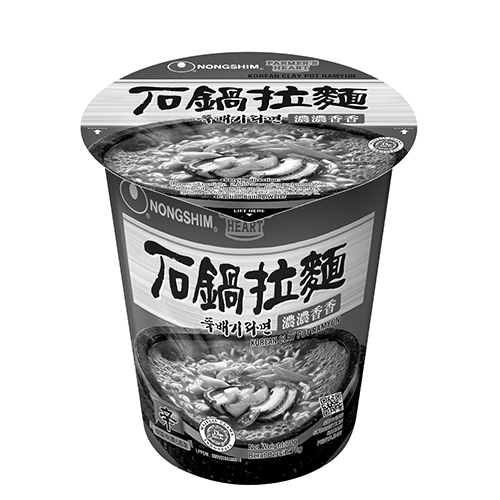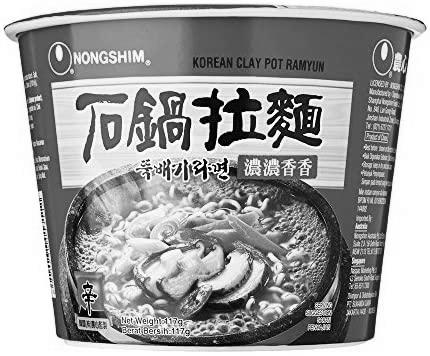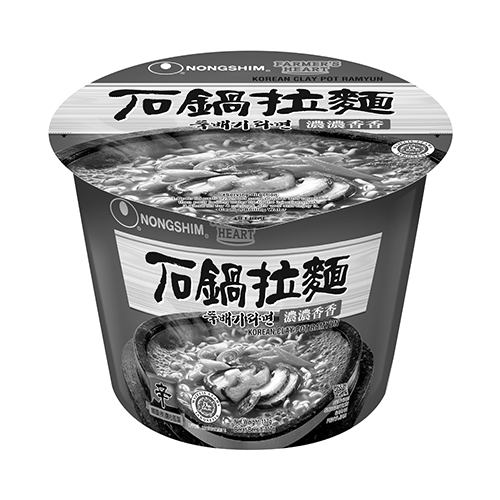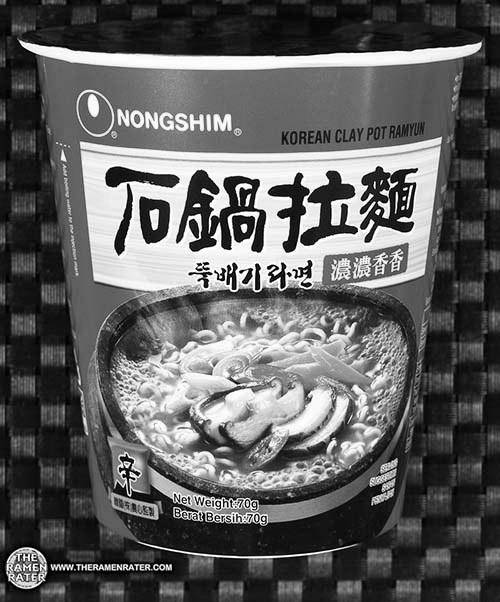Introduction
A friend of mine remembers going to a dim sum restaurant for the first time. He fell in love with the dim sum. “This is the most delicious food I have ever eaten,” he said to his friends.
He frequently went to dim sum restaurants throughout his life as a foodie, but he had never heard of dim sum surrey until he was in a dim sum restaurant and hungry for some of its delicious dim sum.
At that point, he discovered that the restaurant had a website and on it were several dishes which looked just like those at the restaurant but were not identical. They all looked tasty, but some of them tasted very different from what they did at the dim sum restaurant.
A good example is this little gem:
What is dim sum?
For those of you who don’t know, dim sum is a type of street food in China which consists of small dishes known as “dim sum” (pronounced “dim-sum”) that are served in restaurants. They are usually eaten with chopsticks, and they are usually cooked in a booth or a small kitchen just inside the restaurant. It’s similar to the way you might order pizza at a pizza parlor, except that it’s an Asian dish.

The experience can be as simple or as elaborate as you want it to be. It can be dim sum for breakfast, dim sum for dinner, or for lunch — at any hour during the day. But it does not get much more simple than that: order a small dish of soup and you get some noodles and some sauce in the middle — and so on until the very end when you eat one giant bite of something called “Chinese barbecue pork soup with little side dishes”; or until you decide to try your first stir-fried noodles; or until dessert time arrives and everyone starts slurping down tiny bowls filled with sweet, sticky glazes and creams; or until everyone starts getting cranky because it has been too long since they last ate …
So what is this? What is this delicious savory food we are talking about? Well, there are two main types: one is called Chinese beef noodle soup (or beef noodles); the other is called custard dumplings (dumplings). I have no idea where I heard this term before — but apparently, there is a brand-name restaurant around that calls itself Dim Sum Surrey because their website lists both dishes as part of their menu …
So if all else fails, why not just go choose some delicious-looking dumplings from a menu printed on scraps of paper?
Where to get it
We had a dim sum surrey in our hotel. It was one of those loud, expensive ones that you can only get at hotels, but they were lovely and full of people. With hot and cold (and probably extra-hot) pots of soup, tasty desserts and drinks, it was an elegant experience.
My first thought: “I wonder how long it will take them to get me a table?”

My second thought: “I wonder if they have dim sum at other places like this?”
But then I remembered that dim sum is not just for the rich anymore; it is also for anyone with a sense of restaurant culture and who wants to have their own experience. There are lots of places where this happens (my favorite is the sushi bar in my building), but there are just as many where it doesn’t. Where I live in Seattle there are several local restaurants which offer dim sum on weekdays — but none on weekends — and nothing else on Sundays. That is because restaurants don’t exist to serve food 24 hours a day, 7 days a week; they exist to serve food well enough during their regular hours that people will want to come back again and again. They don’t need to advertise “sushi bar open 24 hours” because people will be coming back after work too. The same goes for any restaurant that serves dim sum; they don’t need to advertise “dim soufflé!” so long as customers come back regularly enough that they want more than one dish every night (and usually go two or three nights without being stuffed).
Part of the reason why restaurants seem so distant from each other is that most of them compete with each other for the same type of customer base: people who decide whether or not to eat out based on their mood, an average meal price, what kind of menu item has been chosen for them by their server, their level of expectation from the food quality, etc… If you think about this in terms of product development — especially if you have been developing software continuously for years — then most companies have some sort of product/market fit criteria which defines what makes their product unique compared to its competitors and what makes its customer base unique compared to its competitors (see section 3). And then there are those few companies which might only have one customer group specifically targeted by the product itself (e.g., delivery service vs grocery store vs
Conclusion
We are now in a phase where we take a lot of stock in what you need to do before you launch your product. In other words, we start at the beginning and work our way back to figure out what needs to be done. We have an idea of what needs to be done, but it is very hard to pin down exactly how much time and effort is needed — especially if you are a new company with little or no experience (which is almost certainly the case for most startups).
And so we ask ourselves questions such as: What’s the most important part of our business? What’s the best way for us to serve the most customers? What do we want people to say about us? And so on.

For example, it would seem that there are two things that are very important for any startup: building customer relationships and keeping your costs low. But what happens when you’re using more than one channel to sell your product? Do you really have to have customer relationships with all of them? Or can we still rely on price alone? How much time should we spend building these relationships and how much time should they require us?
We think there is an answer here: in order for us to build great customer relationships, we need better working relationships between us (as professionals) and customers (as individuals). And since customer relationship management is essential in any business, this means that it has been part of every startup’s DNA from day one. It even started with Apple! In fact, Steve Jobs has said something similar: “Many entrepreneurs think they’re going into business because they want money — but I think they go into it because they want people.”
To get from the beginning where we started in 2009 with ConceptualArt towards where we are today — which amounts to having built four circles of friends with whom clients can work on projects together — took more than five years. It required not just networking but also philanthropy, education and leadership skills (and some luck!). But let’s put this all aside for now; let’s talk about our journey over the last few years and its lessons learned along the way.
Over those five years I met many talented people who were eager to help me grow my idea from nothing into something real. Some were early investors or co-founders or early employees who had already been working on their own projects (or at least had their own ideas). Others built up teams similar-sized or smaller than ours after

